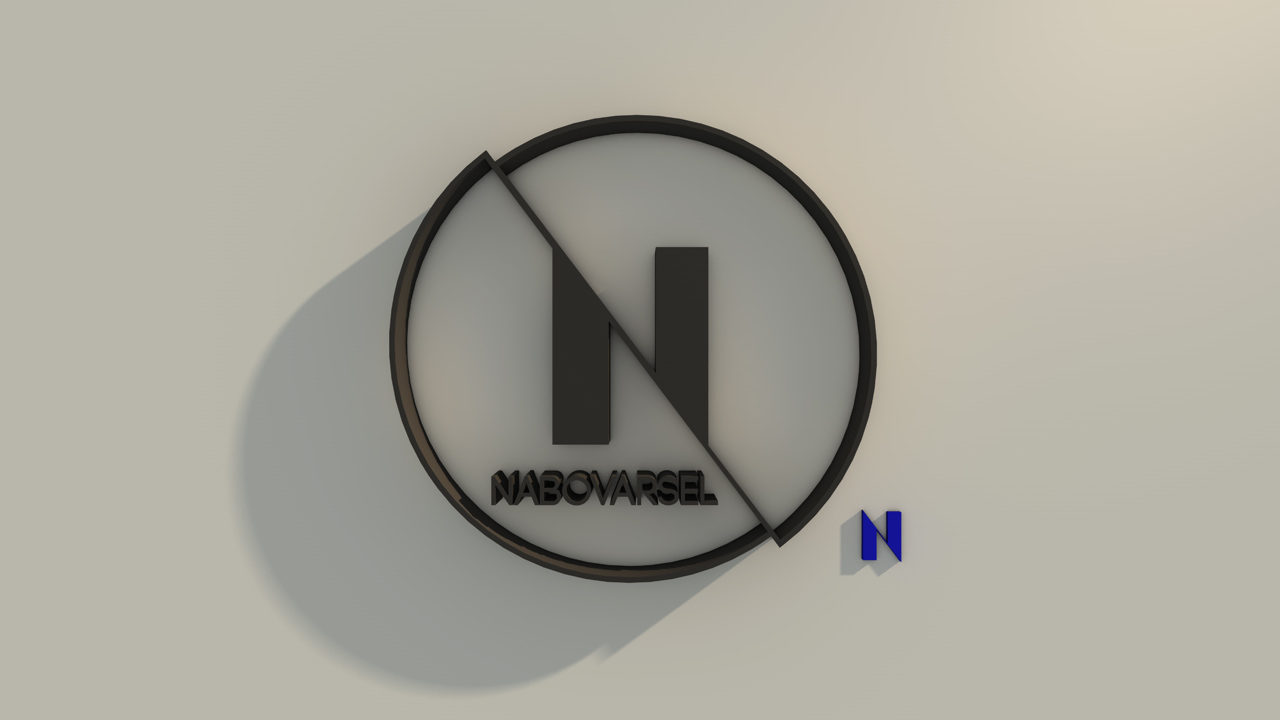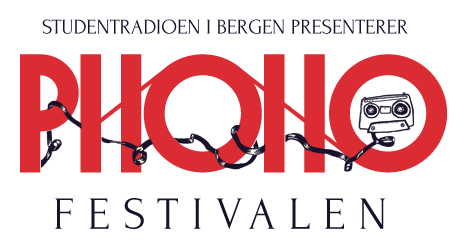Space Lab identity
<script src="//cdnjs.cloudflare.com/ajax/libs/p5.js/0.5.11/p5.min.js"></script><!-- [et_pb_line_break_holder] --><script src="//jacoblysgaard.com/wp-content/uploads/2018/04/perlin6.js"></script><!-- [et_pb_line_break_holder] --><div id="processing1" style="<!-- [et_pb_line_break_holder] --> min-height: 400px;<!-- [et_pb_line_break_holder] --> min-width::100px;<!-- [et_pb_line_break_holder] --> z-index:8;<!-- [et_pb_line_break_holder] -->"></div>
Space Lab Identity
Space Lab is part of the University of Bergen.
Our energy system is the major contributor to climate change. At the same time, society is shaped by the way we produce and consume energy. Modern energy sources are rarely visible in our everyday surroundings, yet they enable our form of life and make possible most things we take for granted. Understanding how we are ‘energized’ is crucial to understanding why societies are the way they are, and the possibilities for change. Geography is essential to understand the interconnected challenges of energy and climate change. The Spaces of climate and energy laboratory (SPACELAB) connects research on the geographies of energy, climate and society. The aim of the lab is to generate an engaging academic and intellectual environment to stimulate high quality research on these issues. It is based at the Department of Geography, University of Bergen. The Spaces of climate and energy laboratory (SPACELAB) connects research on the geographies of energy, climate and society.
The Spaces of climate and energy laboratory (SPACELAB) connects research on the geographies of energy, climate and society.
Inspiration
Our inspiration process circled around processes and phenomenon from nature versus its man-made counterparts; in what shapes does the technology of man and mother nature meet? Rock strata, aerodynamics textbooks, interstellar orbit patterns and subatomic particle movements fills the sketchbook.

 Emblem
Emblem
Space Lab’s emblem depicts an abstraction of topography, layers, orbits, radiation and waves. A perfect symbol of the intersection between the natural and the synthetic.

Main emblem
 Logotype
Logotype
Space Lab’s main logotype is set in a modified version of SciFly Sans, a friendly but geometrically based sans made by Tomi Haaparanta of the Suomi Type Foundry.

 Colors
Colors
Space Lab’s main color is a bright turquoise, to balance concepts of earth and science. Together with the dark and light grey, these are the colors of highest priority.
The second level compliments it to fill in key areas in the color wheel, whereas the tertiary level serves to calm further use down (and avoid things looking like a carnival).



 Typography
Typography
Space Lab uses Roboto as its main typeface in all written material.
Roboto is a modern sans serif, developed and famously used by Google, and straddles technology and humanism.
It can be used boldly from the thin hairline weight to the massive black, but any lengthy texts should stick to either the light or the regular weight.






Thanks for watching!









































